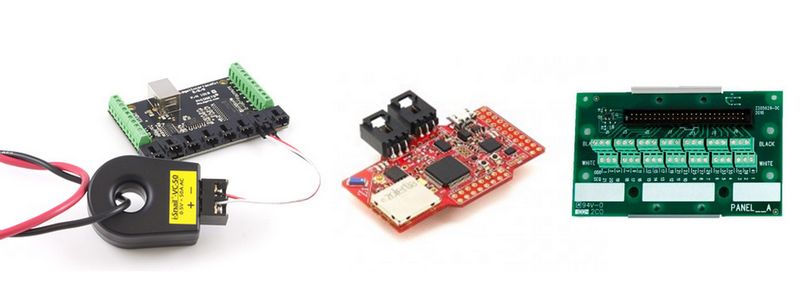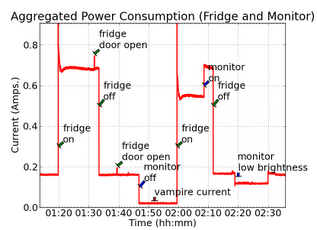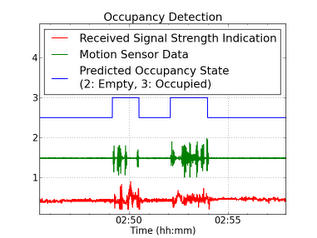Living lab
| ADSC’s office in Fusionoplis has become a living lab! We worked together with our colleagues from Interactive Digital Media (IDM) subprogram at ADSC to deploy the necessary sensors and integrate many of the enabling technologies developed at ADSC to accomplish this goal.In particular, we are using a variety of sensors (current / voltage / PIR / light / air pressure / temperature / humidity / CO2 / microphone / camera / radio spectrum) across the ADSC premises to monitor the office space, people, appliances, and their energy consumptions. The data gathered by these sensors are centrally analysed and processed. Users of the system, which include ADSC staffs as well as visitors, are able to access the data live (e.g., how much power am I consuming now?) as well as for trending analysis and future planning purposes (e.g., how the room temperature varies over time and space). |  |
|
 Applications that are enabled by this living lab include: Applications that are enabled by this living lab include:
Our ApproachesIn the process of setting up this living lab, we have developed enabling technologies to achieve more efficient and accurate electricity consumption monitoring, auditing, and learning. These include:
We are also investigating technologies that can make occupancy sensing more efficient and accurate, for example, by leveraging measurement results from different sensors, or through fine-grained analysis of RF signals. |
||

